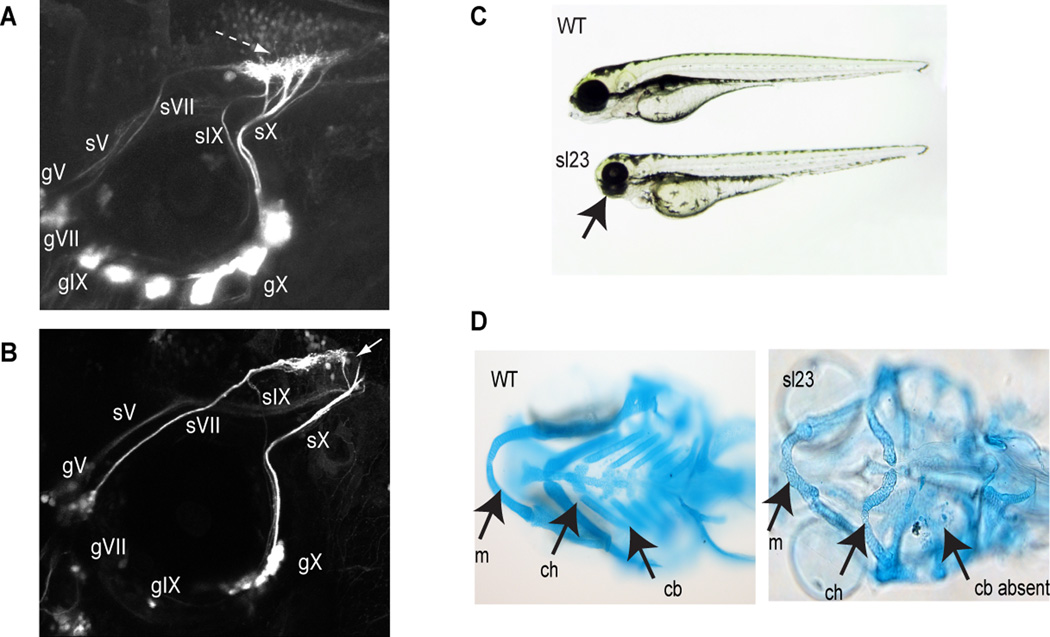Figure 1. The sl23 allele affects cranial sensory circuit formation.
(A) Confocal image of control wild type fish showing normal pattern of cranial sensory ganglia (CSG) projections. Dashed arrow shows normal hindbrain plexus, where the sVII, sIX and sX nerves terminate. sV, sVII, sIX and sX designate the axons of their respective sensory ganglia (gV, gVII, gIX, gX). (B) CSG projections in sl23 mutants. Note apparent decreased size of ganglia compared to the wild type. Of special note is the absence of any well-defined hindbrain plexus (white arrow), despite the sensory axons pathfinding to the correct region of the hindbrain. (C) Brightfield image of 4 dpf wild type and sl23 mutant larvae show that the sl23 allele is pleiotropic in nature. Notice that the mutant exhibits reductions in the size of the head, eyes and jaws (arrow). (D) Ventral views of Alcian blue stained pharyngeal cartilages of 5 dpf wild type and sl23 mutant larvae. Note the shortened Meckels cartilage (m), deformed ceratohyal cartilage (ch) and absence of ceratobranchial cartilages (cb) in the sl23 mutant.

